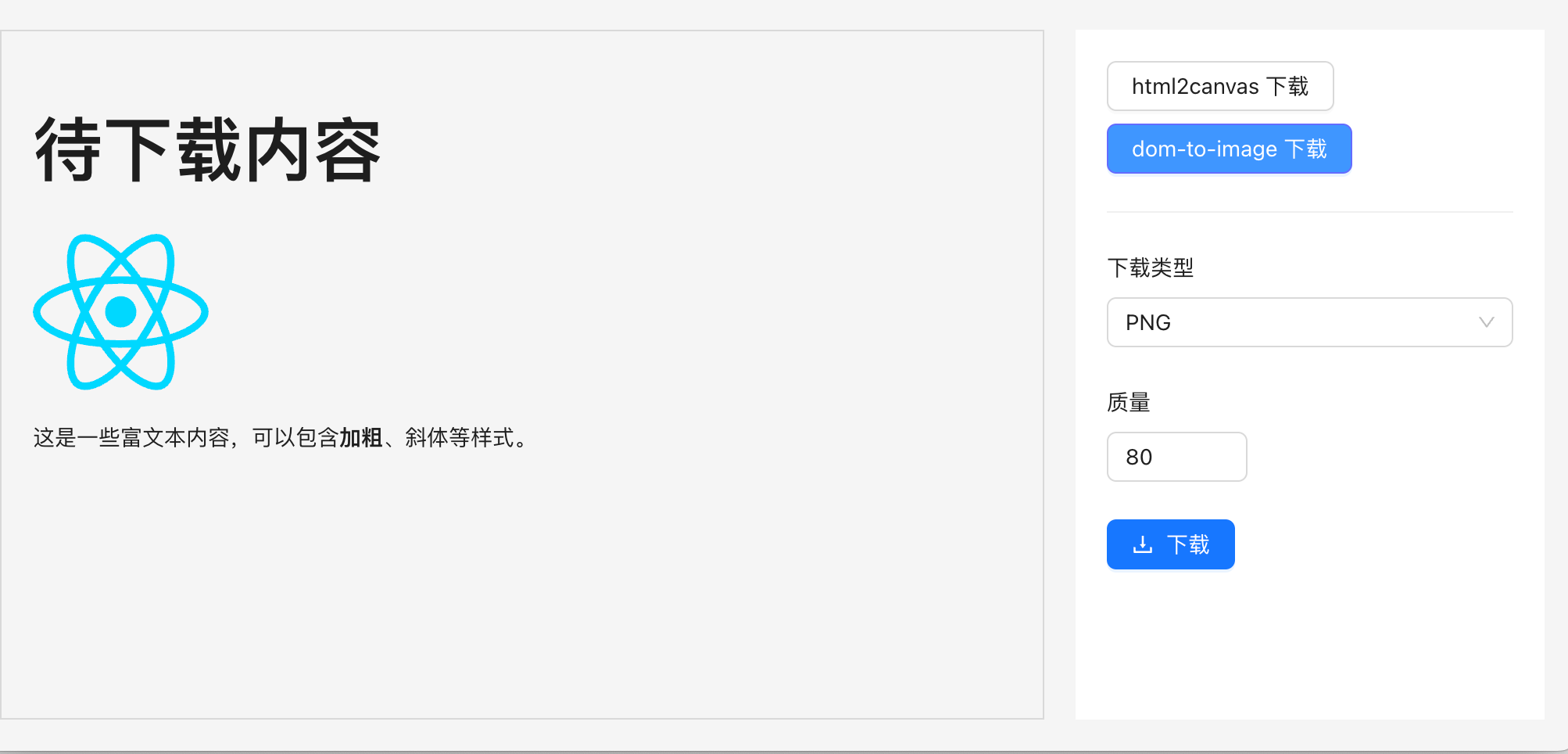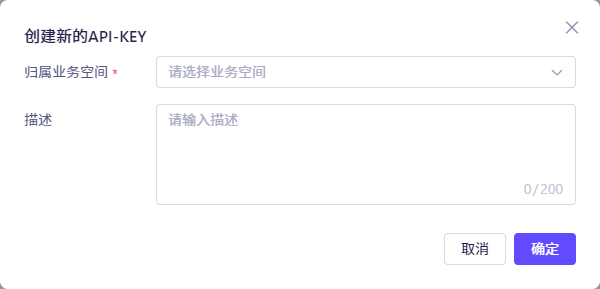使用Feign进行服务消费是一种简化HTTP调用的方式,可以通过声明式的接口定义来实现。下面是一个使用Feign的示例,包括设置Feign客户端和调用服务的方法。
添加依赖
首先,请确保你的项目中已经添加了Feign的依赖。如果你使用的是Maven,可以在pom.xml中添加以下依赖(如果使用Spring Boot,通常已经包含了这些依赖):
<dependency>
<groupId>org.springframework.cloud</groupId>
<artifactId>spring-cloud-starter-openfeign</artifactId>
</dependency>
以下是完整示例的结构:
主应用类(YourApplication.java):
import org.springframework.boot.SpringApplication;
import org.springframework.boot.autoconfigure.SpringBootApplication;
import org.springframework.cloud.openfeign.EnableFeignClients;
@SpringBootApplication
@EnableFeignClients
public class YourApplication {
public static void main(String[] args) {
SpringApplication.run(YourApplication.class, args);
}
}
Feign客户端接口(UserServiceClient.java):
import org.springframework.cloud.openfeign.FeignClient;
import org.springframework.web.bind.annotation.GetMapping;
import org.springframework.web.bind.annotation.RequestParam;
@FeignClient(name = "user-service", url = "http://USER-SERVICE")
public interface UserServiceClient {
@GetMapping("/user")
String getUserByName(@RequestParam("name") String name);
}
服务类(UserService.java):
import org.springframework.beans.factory.annotation.Autowired;
import org.springframework.stereotype.Service;
@Service
public class UserService {
private final UserServiceClient userServiceClient;
@Autowired
public UserService(UserServiceClient userServiceClient) {
this.userServiceClient = userServiceClient;
}
public String fetchUserByName(String name) {
return userServiceClient.getUserByName(name);
}
}
注意事项
Feign的配置:可以通过application.yml或application.properties配置Feign的超时、编码等。
服务发现:如果使用服务发现工具(如Eureka),可以将url参数省略,程序会自动根据服务名称进行调用。
错误处理:请考虑使用Feign提供的错误解码器或自定义的异常处理机制。
WebClient
WebClient是Spring WebFlux提供的非阻塞式HTTP客户端,适用于异步调用。
示例代码:
import org.springframework.beans.factory.annotation.Autowired;
import org.springframework.stereotype.Service;
import org.springframework.web.reactive.function.client.WebClient;
import reactor.core.publisher.Mono;
@Service
public class WebClientService {
private final WebClient webClient;
@Autowired
public WebClientService(WebClient.Builder webClientBuilder) {
this.webClient = webClientBuilder.baseUrl("http://USER-SERVICE").build();
}
public Mono<String> getUser(String username) {
return webClient.get()
.uri("/user?name={username}", username)
.retrieve()
.bodyToMono(String.class);
}
}
配置:
在@Configuration类中配置WebClient bean:
import org.springframework.context.annotation.Bean;
import org.springframework.context.annotation.Configuration;
import org.springframework.web.reactive.function.client.WebClient;
@Configuration
public class AppConfig {
@Bean
public WebClient.Builder webClientBuilder() {
return WebClient.builder();
}
}
使用hutool
import cn.hutool.http.HttpUtil;
import cn.hutool.json.JSONObject;
import cn.hutool.json.JSONUtil;
import java.net.URLEncoder;
import java.nio.charset.StandardCharsets;
import java.util.Map;
public class ApiClient {
public String sendPostRequest(String code, String appAccessToken, SocialDetails socialDetails) {
String url = formatUrl(socialDetails.getUrl(), appAccessToken);
String jsonBody = createRequestBody(code);
return executePost(url, jsonBody);
}
private String formatUrl(String baseUrl, String token) {
try {
return String.format(baseUrl, URLEncoder.encode(token, StandardCharsets.UTF_8.toString()));
} catch (Exception e) {
throw new RuntimeException("Error encoding URL", e);
}
}
private String createRequestBody(String code) {
Map<String, String> requestBody = Map.of("code", code);
return JSONUtil.toJsonStr(requestBody);
}
private String executePost(String url, String jsonBody) {
try {
return HttpUtil.post(url, jsonBody);
} catch (Exception e) {
throw new RuntimeException("Failed to execute POST request", e);
}
}
}
- 创建一个 RestTemplate Bean
在你的 Spring Boot 应用中创建一个 RestTemplate 的 Bean,通常在主类或配置类中:
import org.springframework.context.annotation.Bean;
import org.springframework.context.annotation.Configuration;
import org.springframework.web.client.RestTemplate;
@Configuration
public class AppConfig {
@Bean
public RestTemplate restTemplate() {
return new RestTemplate();
}
}
创建 RestTemplate 示例
以下是一个简单的服务类,展示如何使用 RestTemplate 发送 GET 和 POST 请求:
import org.springframework.beans.factory.annotation.Autowired;
import org.springframework.stereotype.Service;
import org.springframework.web.client.RestTemplate;
@Service
public class ApiService {
@Autowired
private RestTemplate restTemplate;
// 发送 GET 请求
public String getExample() {
String url = "https://baidu.com/posts/1";
return restTemplate.getForObject(url, String.class);
}
// 发送 POST 请求
public String postExample() {
String url = "https://baidu.com/posts";
Post post = new Post("foo", "bar");
return restTemplate.postForObject(url, post, String.class);
}
static class Post {
private String title;
private String body;
public Post(String title, String body) {
this.title = title;
this.body = body;
}
// Getters and Setters (如果需要)
}
}
调用示例
通常在一个控制器中调用这个服务:
import org.springframework.beans.factory.annotation.Autowired;
import org.springframework.web.bind.annotation.GetMapping;
import org.springframework.web.bind.annotation.PostMapping;
import org.springframework.web.bind.annotation.RestController;
@RestController
public class ApiController {
@Autowired
private ApiService apiService;
@GetMapping("/get")
public String get() {
return apiService.getExample();
}
@PostMapping("/post")
public String post() {
return apiService.postExample();
}
}





![[论文精读]Polarized Graph Neural Networks](https://i-blog.csdnimg.cn/direct/7da2562a2a194ce4b262c94a666f4403.png)

